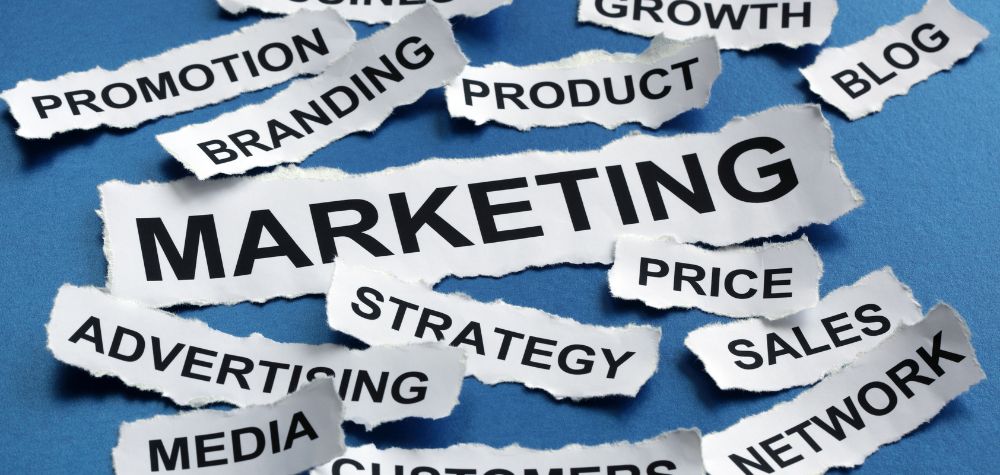The Federal Budget has reintroduced the $20,000 Instant Asset Write Off to benefit small businesses amidst the myriad of measures announced by the government.
The instant asset write-off will return for the 2023-24 financial year (1 July 2023 to 30 June 2024). If you buy an asset to use for business purposes and it costs less than $20,000, you can immediately deduct the business portion of the cost in your tax return. This deduction is available for each asset that costs less than $20,000.
Eligible businesses can claim an immediate deduction for the business portion of the cost of an asset in the year the asset is first used or installed ready for use.
Instant asset write-off can be used for:
- multiple assets if the cost of each individual asset is less than the relevant threshold
- new and second-hand assets.
If you are a small business, you must apply the simplified depreciation rules to claim the instant asset write-off. It cannot be used for assets that are excluded from those rules.
The instant asset write-off eligibility criteria and threshold have changed over time. You need to check your business’s eligibility and apply the correct threshold amount depending on when the asset was purchased, first used or installed, ready for use.
Eligibility to use instant asset write-off on an asset generally depends on the following:
- your aggregated turnover (the total ordinary income of your business and that of any associated businesses)
- the date you purchased the asset
- when it was first used or installed ready for use
- the cost of the asset being less than the threshold.
You are not eligible to use instant asset write-off on an asset if your aggregated turnover is $500 million or more.
The instant asset write-off does not apply for assets you start to hold and first use (or have installed ready for use) for a taxable purpose from 7:30pm (AEDT) on 6 October 2020 to 30 June 2023. You must immediately deduct the business portion of the asset’s cost under temporary full expensing. If temporary full expensing applies to the asset, you do not apply instant asset write-off.
The Temporary Full Expensing Measure Ceases 30 June 2023
Temporary full expensing was introduced to support businesses and encourage investment, as eligible businesses can claim an immediate deduction for the business portion of the cost of an asset in the year it is first used or installed ready for use for a taxable purpose.
The deadline for the expanded Temporary Full-Expensing measure has not been extended by the Federal Budget 2023-24, meaning that it will cease on 1 July 2023, and the write-off will revert to $1,000 from that date.
If you attempt to use the Temporary Full-Expensing measure after 1 July 2023 for an asset over $20,000, you cannot claim anything in the 2023-24 tax return using it.
Businesses will likely feel a cashflow impact, as they will now need to spread depreciation deductions for assets more than $20,000 out over a number of years rather than claim them back up front.
Looking towards the future and want to ensure you’re doing the right thing regarding your tax? Come start a conversation with us so we can assist you with your tax planning needs.



